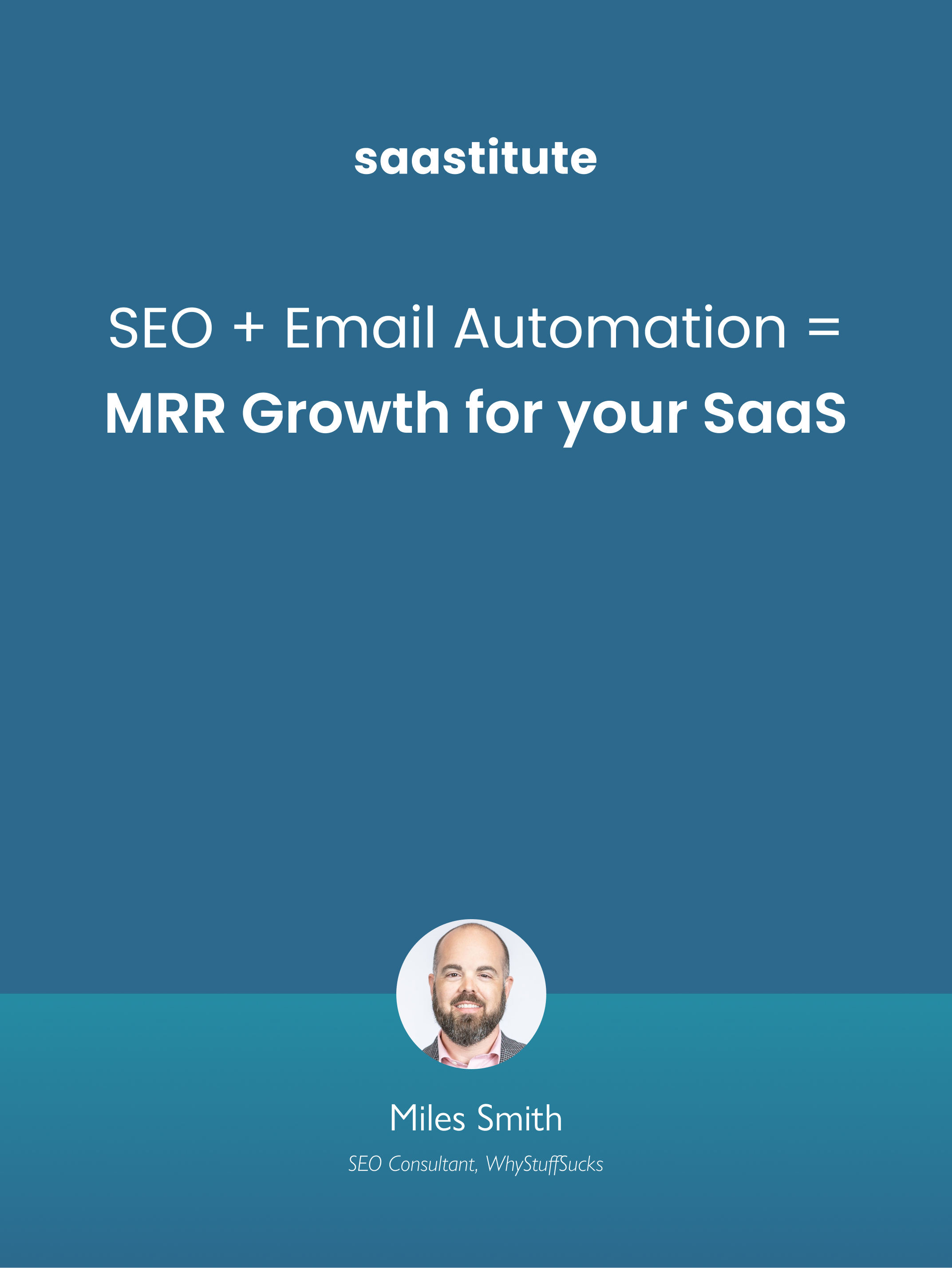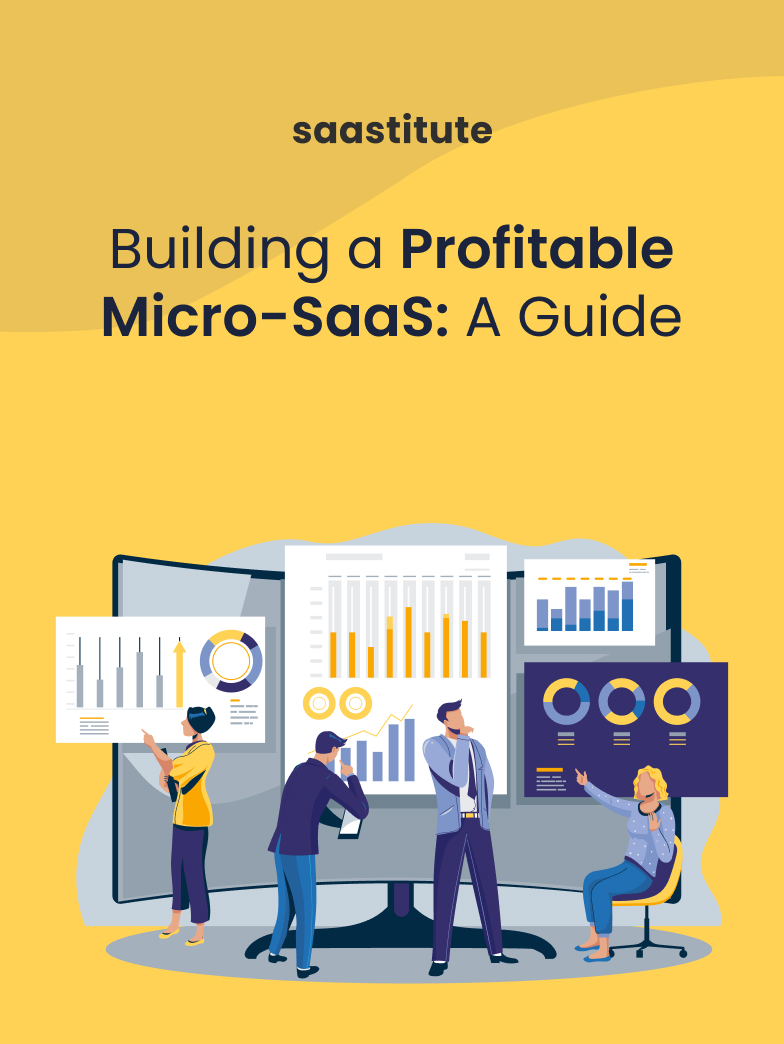Brand Identity Roadmap for SaaS Teams
Creating a strong brand identity is one of the first roadblocks SaaS businesses face early in their journey. Here's a roadmap to help you ace the process.

‘Our brand is unique, it needs to show in the branding’, we have all slightly panicked listening to these words come out of clients’ mouths at some point in time.
Creating a brand identity which encompasses your entire brand under one umbrella is the first strong statement you will make as a company. This consists of every aspect of your brand that is visible to your audience - Your logo, imagery, design, colour palette and even your font along with the language you use on various platforms fall under brand identity.
Every combination of the above subconsciously affects the decision of your audience if they want to engage with your brand or not. Harmonizing all these various factors and maintaining them long term is the challenge. Larger corporations generally have a department dedicated to communications and maintenance of brand identity, but smaller companies might not have the resources to have a dedicated team.
I am here to tell you if you’re an early-stage SaaS startup, you can still make your mark as long as you stay true to your brand. Here are a few tips (from a designer and a content marketer himself) to keep in mind when creating your brand identity for the world to see:
Creating Brand Identity: Mind Map Your Way to a Persona
Think of your brand as a person, list out the characteristics and try and describe the person as much as possible. What would the various characteristics be and how the person would behave?
Go traditional with paper and a pen or you can try online resources such as Coggle and Miro. Once you feel you have created a large enough map, try narrowing it down to 10 words. These will be words that you can find within the mind map as repetitive words or synonyms. This is the starting point for you to design the language.
While designing remember to stay true to every aspect of the persona you have built for your brand. These are the characteristics that make your brand relatable to your target audience. Create brand guidelines which will be your navigational tool for every communication. They should include -
- Logo — With variations for various platforms and backgrounds and guidelines about size as well as visibility.
- Design — Graphics and sample creatives
- Imagery — A mood board with various images which visually fall under the brand identity. (eg. if you’re a corporate company, you’ll see muted colours, cool tones, mid to wide length angles and crisp attire)
- Colour Palette — Revisit colour theory to pinpoint which colour ideally represents your company’s mood or the emotion you want to evoke in someone.
There is plenty of research you can find on colour relativity with consumer behaviour. You can use Coolors to find readymade colour palettes and create custom ones according to your brand. - Font — Ideally you should have one font family and you should use variations of it. However, you can choose 2 which should be the limit (make sure the fonts work well together visually, try keeping them as similar to each other as possible). You will also decide the font weight for the heading, subheading, body and copy, along with kerning of the font.
- Language — Write some sample copies and emulate the way you would want your ideal customer to interact with this copy.
- Company Values — This sounds heavy but it isn’t. These are just 5 words which you want to remember at all times, these are the five words which describe your brand and what you stand for to anyone who asks. Just utilise this when creating any of the above.
As an example for you to look at, think about one of the most famous design software, Adobe. Everyone has heard of it and almost everyone in the creative industry has ended up using it. They have gone through the process of building a persona and understanding who their target audience is, to be able to project the right image.
They offset bright colours with darker shades and sharp edges on the logo to show dominance, long-time-standing as well as professionalism. They are well aware of the clientele who will be using their product [professional designers].
They need their professionalism to shine through even while they show that they are a design software with the colour blocking of bright colours such as orange and pink, however, none of their colours will feel jarring when on your computer screen.
Stand Out, as You Do In A Group Of People
One of the most common questions I see floating around is how to possibly make a brand stand out within the new-age startup market. A sure-shot way of figuring this out is the same way you think of you, as a human being who stands out within your group of friends.
Create personas of your competitors (you will end up investing time in a SWOT analysis for your marketing strategy, this is part of it and a similar communication aspect) this will help you disintegrate their brand in terms of identity.
Once you understand their brand and why they did what they did, it will become easier for you to create something tailor-made for your brand.
Remember, if you create something true to your brand values and persona, it will not completely match any other brand, as there will always be something unique about your brand the same way there cannot be another identical version of us on earth.
Slack has managed to make its mark on multiple companies across the globe. Starting out as a tool that was targeted to startups and remote working, now they are competing with software such as Google Teams [Yes, Microsoft is still leaping ahead]. They not only had a unique idea but they also had unique communication and branding strategy.
They used primary and tertiary colours to implement the younger generation’s outlook on the modern office setup. They were able to maintain that quirk through their marketing campaigns and User interface as well.
Maintain Consistency
Maintaining consistency and reimplementing brand values across all platforms and communications is key to your brand being able to sustain customer loyalty. It is embedded in our psychology that we tend to get bored of something when we see it enough times, however, familiarity is a hallmark trait for humans.
Create a brand guidelines docket which will outline all the brand identity pieces you have sewn together. This will be your new bible! Every creative, every copy and every image you create and publish needs to feel like they are from the same family.
Even if you need to modulate the language a little according to the platform you’re using, remember to not stray away from your core identity as a brand.
Look at the two examples above Adobe and Slack, and have a look at their social media and their marketing emails as well as their press releases. You will notice that you will feel that you’re interacting with one person just in different modes, such as in-office (Linkedin) or at a friendly gathering (Instagram), or perhaps an intellectual debate (Twitter). This is what you need to strive for.
Last Two Cents
Combine all these tips and tricks together and you’ll have a well thought out brand identity on it’s way to becoming an iconic brand. When you have these simple processes downloaded and saved in your mental hard drive, ever available to be opened and utilised; remember that panic? That won’t happen anymore.
Feeling inspired? Check out our Landing Page Examples directory to make room for some fresh ideas!














.svg)


